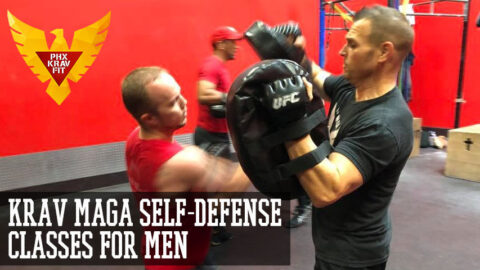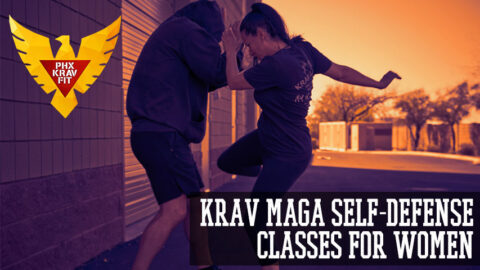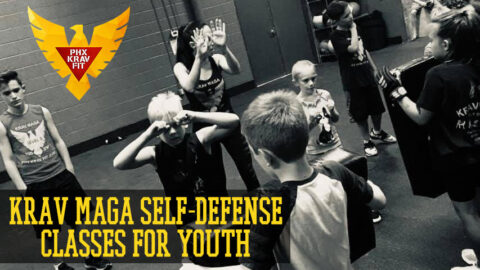Cooperative vs Competitive Self Defense Training
In martial arts and self defense, we often think that all drilling should be done from a Competitive Self Defense standpoint. We should hit our hardest, kick our hardest and show our opponent how much power we have through our competitiveness. But in reality, training should follow a progression. A successful training progression should include the basic cooperative tools that will help develop the beginner and then also competitive drills to allow the advanced to bring their training into reality.
Cooperation builds self-esteem, confidence, discipline and helps build skills in a realistic environment.
One cannot be successful (get results) unless he or she with their partner, do the drill to learn and perfect the techniques. When one is learning to punch, the partner would never move the pad away from a beginner as the punch moves in just for the sake of a more realistic drill.
One trains with a cooperative pad holder to practice the technique and learn to control their body and power to effectively hit the opponent. If the partner removes the pad when one is learning to punch then that student may never learn the most efficient and effective techniques of punching. In ground fighting drills, students that train cooperatively will learn the techniques and begin to see how to use them in a sparring or real-life scenarios. If those drills are not trained cooperatively, or if a partner does not allow them to break guard, go to mount, land a kick, parry a punch, etc., then the student will never master the technique or have that technique imbedded into their muscle memory.
Once again, the focus here is to learn, not “win”. We see too many beginners focus on beating their partner and then get frustrated when their partner of better skill wipes the floor with them. On the other hand, if a student sets their ego aside, and trains to improve even if just a little each session, that is when learning and perfecting goes up tremendously.
Unfortunately, just knowing techniques will not save you in a real-life altercation. Bruce Lee believed that Competitive Self Defense drills separated traditional marital arts in that they are “alive” or “dynamic” methods of training where moves should be done on a resisting opponent. Competitive Self Defense drilling demands timing, flexibility, flow, pressure, and quick decision-making.
At the end of almost every self defense class I run “exhaustion drills”. This allows students to train and experience all of these things in a safe environment so that if an altercation should arise, they are ready for it. They may not be the majority of the class but are by far the most important. We combine a technique where we are hitting or kicking our hardest with some kind of high intensity cardio. Why do we do this? Because the drills mimic a fight! They are designed to make a person lose their breath as they would in a fight, get one into fighting shape so he/she outlasts the bad guy, be able to work under chaos, stress and exhaustion as a real fight would be, build attitude to push through anything and never quit, and also therefore eliminating the “freeze” that most people go through if faced with these types of experiences.
Obviously, there are different levels of competitiveness, and it is easy for people to go too hard, as opposed to not hard enough. Many times we will use the 30/60/90 intensity model to help students gage and dictate “how hard” they go. Each level of intensity allows practitioners to be competitive, but not go 100%, therefore not wearing each other out or even increase chance of injury. Being able to adjust intensity gives the additional benefit of emotional control, which is incredibly important in a real altercation in order to make the right ethical decisions and get the proper perspective of the situation.
Therefore, cooperative and Competitive Self Defense training are both important in a self defense class. They should both be used to create the best learning and training environment. Cooperative drills should be done when learning something new or when there is an experience difference between partners. Competitive training is also needed to master moves and begin to see the real life application. Together, they create a balanced and successful training model.



